#tower of london
Text

The Shard rising up behind the Tower of London- a London contrast
#London#shard#tower of london#contrast#architecture#history#castle#palace#skyscraper#cityscape#England#UK
476 notes
·
View notes
Text




Superbloom at the Tower of London by Julianne
#wildflowers#london#history#architecture#tower of london#landscape#nature#travel#floral#plants#curators on tumblr#uploads
896 notes
·
View notes
Text








Vincent Price/Edgar Allan Poe/Roger Corman movie collaboration (1960-1964)
#vincent price#roger corman#horror#icons#the pit and the pendulum#the fall of the house of usher#house of usher#tomb of ligeia#edgar allan poe#the Raven#the haunted palace#the masque of the red death#tower of london#tales of terror#old horror movies#vintage#movie#actor#handsome#gif#gifs made by me#gif set#my gifs
1K notes
·
View notes
Text

The Execution of Lady Jane Grey by Paul Delaroche
#lady jane grey#art#paul delaroche#execution#queen#england#tower of london#tower green#london#executioner#axe#history#europe#european
1K notes
·
View notes
Text

A Resident of the Tower of London, 1954
Albert Flint
83 notes
·
View notes
Text







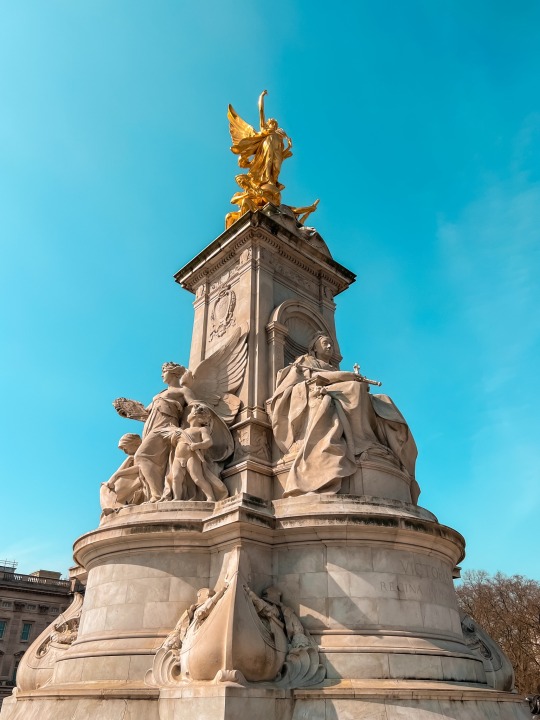
London in the spring
#photos I never posted anywhere#from a couple years ago#me#mine#London#UK#architecture#photography#tower bridge#tower of london#trafalgar square#big Ben#harrods#canary wharf#Greenwich#victoria memorial
51 notes
·
View notes
Photo









The Other Boleyn Girl (2008) + Costumes
Anne Boleyn’s blue & black dress and white & black cape.
// requested by @dychauksz
#The Other Boleyn Girl#The Other Boleyn Girl (2008)#Anne Boleyn#period drama#perioddramaedit#costume drama#costumes#costumesource#1500s#16th century#blue#black#white#Tower of London#London#England#Britain#Europe#requests
176 notes
·
View notes
Text

Boris Karloff as Mord the Executioner in Tower of London (1939)
#tower of london#tower of london 1939#boris karloff#1939#1930s movies#rowland v. lee#historical drama
70 notes
·
View notes
Text
Why did Henry VIII really have Anne Boleyn executed? Papers held at the British Library show her death was the result of a conspiracy against her amongst Henry’s advisors.
53 notes
·
View notes
Text

Guards play football in the snow at the Tower of London in 1910
31 notes
·
View notes
Text
Second time traveling through Europe! 1 out of 3 places this trip.
London, UK (March 2024)


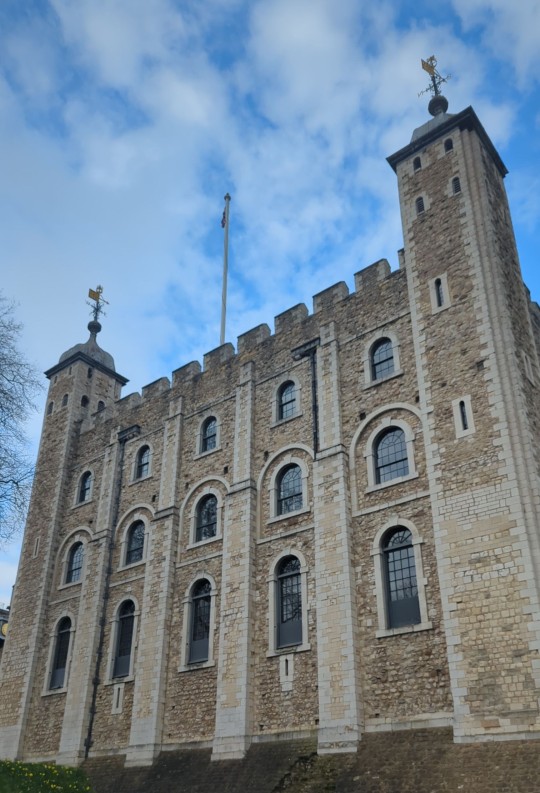



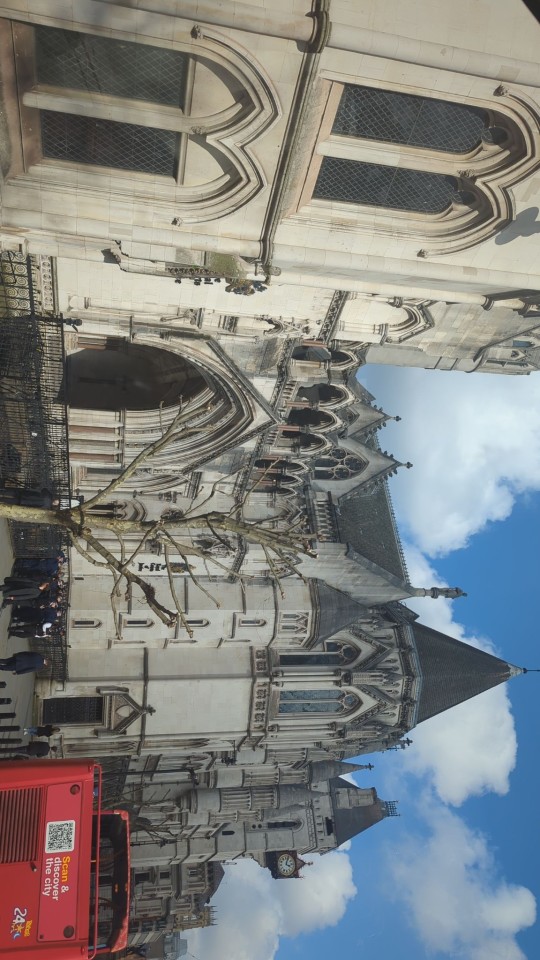

#me#mine#travel around the world#europe#beautiful building#travel#uk#travel photography#photography#london#londres#tower of london#big ben#buckingham#england#architecture
22 notes
·
View notes
Text
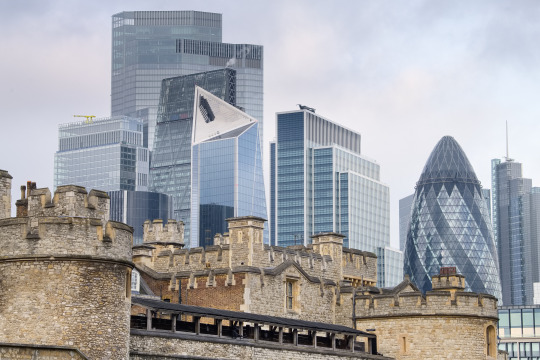

A couple more examples of the Clash of the centuries at the Tower of London
#london#cityscape#history#tower of london#architecture#city of london#castle#palace#clash#contrast#financial#skyscrapers#offices#England#UK
393 notes
·
View notes
Photo

Legends and myths about trees
Celtic beliefs in trees (13)
F for Fearn (Alder) - March 18th - April 14th
“The tree of Bran the Blessed - Fourth month of the Celtic tree calendar (Ref)”
Colour: purple; Gemstone: amethyst; Gender: male; Patrons: Bran, Apollo, Aranrhod, Odin, Lug; Symbols: shield + foundation, discrimination + inner confidence, loyalty
In Celtic also Norse mythology, March was known as the 'month of lengthening days', which wakes the alder from its winter slumber.
Alder trees are found in the northern hemisphere. Although it is a broad-leaved tree, only alder bears cones, so it is easy to recognise them at a glance in winter. Alder wood can survive completely submerged in water, and never far from water, Alder trees can most often be found lining the banks of a stream, loch, or river, or in boggy wet ground and swamps.
Alder trees, which fix nitrogen around their roots, are also soil-enriching blessing trees. The alder tree, which does not rot even when in water, appeared to be a source of great mystery to the ancients. However, the main reason why the ancient Celts worshipped the alder tree was its sap turns a deep red when exposed to air, as if cutting it would cause it to bleed.
The alder month is a time when the days lengthen, the winter chill slackens and the sun gains momentum, and the ancient Celts would have been uplifted by the blossoming of the alder and its various blessings. The alder tree, which sacrifices itself to fertilise the soil, was also considered sacred. While it was also said to protect the road leading to fairyland, it was also believed that if an alder was cut down, the person's house would burn down in a fire. According to Irish legend, the first man was made from an alder tree and the first woman was made from a rowan tree.
The alder is the totemic tree of Bran the Blessed, the god. He is a giant and king of Britain in Welsh mythology. According to legend, after fighting the Irish, Bran knew he was dying and ordered his fellows to cut off his head and bring it back to London. The party spent 7 years in Harlech and 80 years in Benbrook on the way, but Bran's head remained alive and undecomposed. Bran's head was buried in the White Hill below the Tower of London. Bran's totemic bird was the raven, so 2 ravens are kept at the Tower of London, but their wings have been clipped. This is because legend has it that if the ravens abandon the Tower of London and fly away, the UK will be destroyed.
Apparently, the ravens are loved and looked after, really well by the Beefeater Guards.

木にまつわる伝説・神話
ケルト人の樹木の信仰 (13)
FはFearn (ハンノキ) - 3月18日~4月14日
『祝福された人ブランの木〜 ケルトの木の暦(参照)の第4月』
色: 紫; 宝石: アメジスト; 性: 男性; 守護神: ブラン、アポロ、アランロド、オーディン、ルグ; シンボル: 楯+基礎、識別力+内なる自信、忠誠
ケルト神話や北欧神話では、ハンノキを冬の眠りから覚ます「日が長くなる月」として知られていた。
広葉樹でありながら球果をつけるのはハンノキだけなので、冬にはひと目で見分けることができる。ハンノキの木は完全に水に浸かっても生きていけるので、小川、湖、川の岸辺や、湿地帯、沼地など、水辺でよく見かけることができる。
根の周囲に窒素を固定させるハンノキは、土壌を豊かにする恵みの木でもある。水の中にあっても腐らないハンノキは、古代人にとって特別な木に見えた。昔はハンノキを切り倒して沼沢地に道を造り、クラノグ(湖上住居)も、ハンノキで立てたのだ。しかし、古代ケルト人が、ハンノキを崇拝した最大の理由は、樹液が空気に触れると深い赤色になり、まるで切ると血が出るかのようだからだ。
ハンノキの月は、日脚が延びて、冬の寒気がゆるみ、日差しが勢いを増してくる時期であり、ハンノキの花開き、さまざまな恵みに古代ケルト人たちの気持ちも昂揚していただろう。また、自分を犠牲にして土壌を肥やすハンノキは神聖なものと考えられていた。妖精の国へ導く道を守るとも言われる一方で、ハンノキを切り倒すと、その人の家が火災にあって全焼するとも信じていた。アイルランドの伝説では、最初の男性はハンノキからつくられ、女性はナナカマドからつくられたことになっている。
ハンノキは、ウェールズ神話に登場する巨人であり、ブリテンの王であるブラン神のトーテムの木である。伝説によれば、アイルランド人と戦ったのち、死期が近づいているのを悟ったブランは、自分の首を刎ね、ロンドンまで持ち帰るよう仲間たちに命じた。一行は途中ハーレックで7年、ベンブルークで80年過ごしたものの、それでもブランの首は腐敗せず生き続けた。ブランの首はロンドン塔の下に広がる白い丘に埋葬された。ブランのトーテムの鳥はワタリガラスであったので、ロンドン塔ではワタリガラスが飼われているが、翼が切られている。ワタリガラスがロンドン塔を見捨てて飛んでいってしまうと英国は滅亡するという言い伝えがあるためである。
ロンドン塔のワタリガラスたちはビーフィーター・ガードたちに愛され、本当によく世話をしてもらっているそうです。
#trees#tree legend#tree myth#legend#mythology#celtic mythology#alder#celtic tree calendar#4th month#spring#bran the blessed#ravens#nature#art#tower of london
127 notes
·
View notes
Text






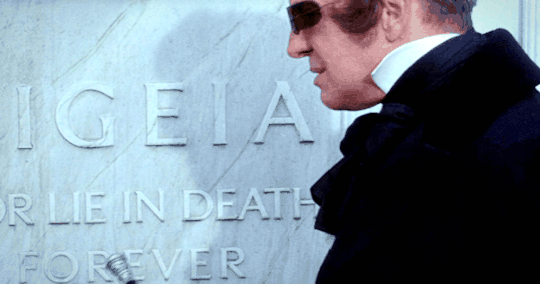

Vincent Price/Roger Corman movie collab gif compilation
The Fall of the House of Usher (1960)
The Pit And The Pendulum (1961)
Tower of London (1962)
Tales of Terror (1962)
The Raven (1962)
The Haunted Palace (1963)
Tomb of Ligeia (1964)
The Masque of the Red Death (1964)
#vincent price#roger corman#Edgar allan poe#the haunted palace#tomb of ligeia#masque of the red death#the raven#gothic horror#gif compilation#horror movies#tower of London#the fall of the house of usher#pit and the pendulum#horror#old horror movies#vintage#movie#actor#handsome#gif#gifs made by me#gif set#gifs#bicon#bisexual#god#unf#hes so sexy#LIKE...SIR... TAKE IT DOWN A NOTCH#also...im so normal about him
87 notes
·
View notes
Text
Guy Fawkes and the Gunpowder Plot

By Ben Johnson
Published 30 October 2020
Remember, Remember, the 5th of November, Gunpowder, Treason and Plot!
Fireworks can be seen all over France every July 14 as the nation celebrates Bastille Day.
Across the USA some ten days earlier on the 4th of July, Americans celebrate their Independence Day.
In Britain, the words of a children’s nursery rhyme “Remember, Remember the 5th of November, Gunpowder, Treason and Plot” are chanted as fireworks fly and bonfires gradually consume a human effigy known as the ‘Guy.’
So who was this Guy? And why is he remembered so fondly 400 years after his death?
It could be said that the story started when the Catholic Pope of the day failed to recognise England’s King Henry VIII‘s novel ideas on separation and divorce.
Henry, annoyed at this, severed ties with Rome and appointed himself head of the Protestant Church of England.
Protestant rule in England was maintained and strengthened through the long and glorious reign of his daughter Queen Elizabeth I.
When Elizabeth died without children in 1603, her cousin James VI of Scotland became King James I of England.
James had not been long on the throne before he started to upset the Catholics within his kingdom.
They appear to have been unimpressed with his failure to implement religious tolerance measures, getting a little more annoyed when he ordered all Catholic priests to leave the country.
A group of Roman Catholic nobles and gentlemen led by Robert Catesby conspired to essentially end Protestant rule with perhaps the biggest ‘bang’ in history.
Their plan was to blow up the King, Queen, church leaders, assorted nobles, and both Houses of Parliament with 36 barrels of gunpowder strategically placed in the cellars beneath the Palace of Westminster.
The plot was apparently revealed when the Catholic Lord Monteagle was sent a message warning him to stay away from Parliament as he would be in danger, the letter being presented to Robert Cecil, James I’s Chief Minister.


Some historians believe that Cecil had known about the plot for some time and had allowed the plot to ‘thicken’ to both ensure that all the conspirators were caught and to promote Catholic hatred throughout the country.
And the Guy? Guy Fawkes was born in Yorkshire on 13 April 1570.
A convert to the Catholic faith, Fawkes had been a soldier who had spent several years fighting in Italy.
It was during this period that he adopted the name Guido (Italian for Guy), perhaps to impress the ladies.
What we do know is that Guido was arrested in the early hours of the morning of November 5th 1605, in a cellar under the House of Lords, next to the 36 kegs of gunpowder, with a box of matches in his pocket and a very guilty expression on his face.
Under torture, Guy Fawkes identified the names of his co-conspirators. Many of these were the relations of a Catholic gentleman, Thomas Percy.
Catesby and three others were killed by soldiers while attempting to escape.
The remaining eight were imprisoned in the Tower of London before being tried and executed for High Treason.
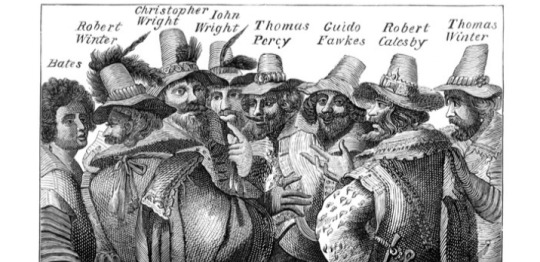
They experienced that quaint English method of execution, first experienced almost 300 years earlier by William ‘Braveheart’ Wallace.
They too were hanged, drawn, and quartered.
*Hanged, drawn and quartered:
Victims were dragged on a wooden hurdle behind a horse to the place of execution where they were first of all hanged, then their genitals were removed.
They were disembowelled and beheaded.
Their bodies were finally quartered, the severed pieces often displayed in public.
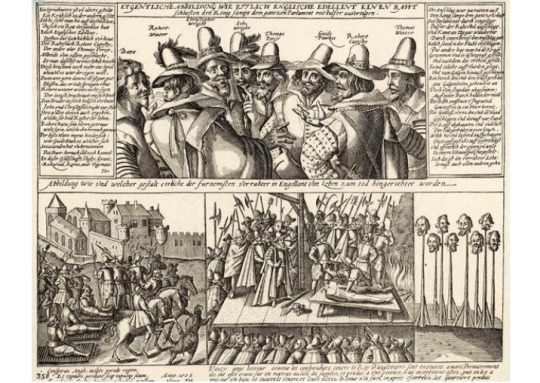
—
Guy Fawkes (13 April 1570 – 31 January 1606), also known as Guido Fawkes while fighting for the Spanish, was a member of a group of provincial English Catholics involved in the failed Gunpowder Plot of 1605.
The Gunpowder Plot of 1605, in earlier centuries often called the Gunpowder Treason Plot or the Jesuit Treason, was an unsuccessful attempted regicide against King James I by a group of English Catholics led by Robert Catesby, who considered their actions attempted tyrannicide and who sought regime change in England after decades of religious persecution.
The plan was to blow up the House of Lords during the State Opening of Parliament on 5 November 1605, as the prelude to a popular revolt in the Midlands during which King James's nine-year-old daughter, Princess Elizabeth, was to be installed as the new head of state.
#Guy Fawkes#Guido Fawkes#Gunpowder Plot of 1605#Gunpowder Treason Plot#Jesuit Treason#King James I#Robert Catesby#5 November 1605#House of Lords#State Opening of Parliament#King Henry VIII#Queen Elizabeth I#King James I of England#Palace of Westminster#Lord Monteagle#Robert Cecil#Thomas Percy#Tower of London#High Treason
48 notes
·
View notes
Text

The Tower of London and Tower Bridge, 1950s
Albert Flint
41 notes
·
View notes